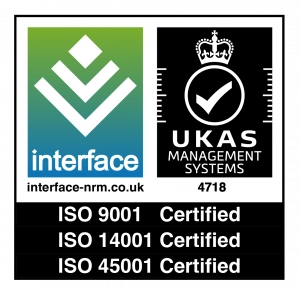Yet, when a phone breaks, many people’s first thought is to replace it, potentially sending another device to the landfill. At TMT First, our mission, “Keeping Technology Alive for Longer,” aims to change this mindset by making device repair, rather than replacement, the go-to option for consumers. It’s not only kinder for your purse of wallet but also kinder to the planet too.
On National Recycling Day, we thought we’d spell out how our innovative Mobile Component Repair (MCR) Process is making a real difference in sustainable repair.
Why Repairing is Better than Replacing
The environmental impact of replacing devices every time they break is profound. Many consumers are unaware of the resources needed to create each phone, battery, and screen. The production process generates significant carbon emissions and uses valuable raw materials, which adds to the mounting global e-waste crisis.
To address this issue, we have invested heavily in in developing what’s called the Mobile Component Repair (MCR) process, a cutting-edge repair technique designed to reduce waste and lower the environmental footprint of mobile device repairs.
MCR – A Smarter, Sustainable Repair Solution
Most traditional device repairs involve replacing multiple components for a single issue, which is both costly and wasteful. Let’s say your phone’s screen cracks – often, a typical repair would require replacing the entire display module, including parts like the frame and battery—even if they’re still functioning perfectly. This not only increases the cost for you but also leads to the disposal of unnecessary components.
MCR takes a different approach: it allows us to repair only the specific damaged component, such as the LCD screen. This meticulous process requires specialised robotic equipment and a highly trained team, but it dramatically reduces the number of components used.
Our MCR process took a year to design, test, and implement. Over 7,000 mobile devices were repaired in testing to ensure our process was robust, precise, and cost-effective.
Saving Resources and Reducing E-Waste
E-waste is a growing problem. In 2022, 5.3 billion mobile phones were estimated to have been thrown away globally, many of which could have been repaired, recycled or reused. Our MCR process helps curb this waste by offering a more affordable repair option, encouraging people to keep their devices longer.
Our innovative process has also saved more than 20,000 batteries and frames. Manufacturing each battery produces up to 5 kg of CO2. By eliminating the need to replace batteries and frames unnecessarily, MCR has already saved over 100,000 kg of CO2 emissions.
It’s also helped reducing E-Waste. With fewer components discarded, our process means fewer valuable materials end up in landfills, directly reducing e-waste.
Affordable Repairs and Extended Device Life
Sustainability is at the heart of MCR, but it also brings real savings to consumers. With MCR, repair costs are reduced by up to 30%, making it a more accessible option. In some cases, repairs that would typically cost hundreds of pounds are now more affordable, with potential savings of over £110 per repair. This affordability makes it easier for consumers to choose repair over replacement, extending the life of their devices and costing them far less than buying new.
A Call to Action on National Recycling Day
This National Recycling Day, let’s rethink our approach to broken devices. Repairing, not replacing, keeps your technology alive for longer, saves money, and contributes to a healthier planet.





